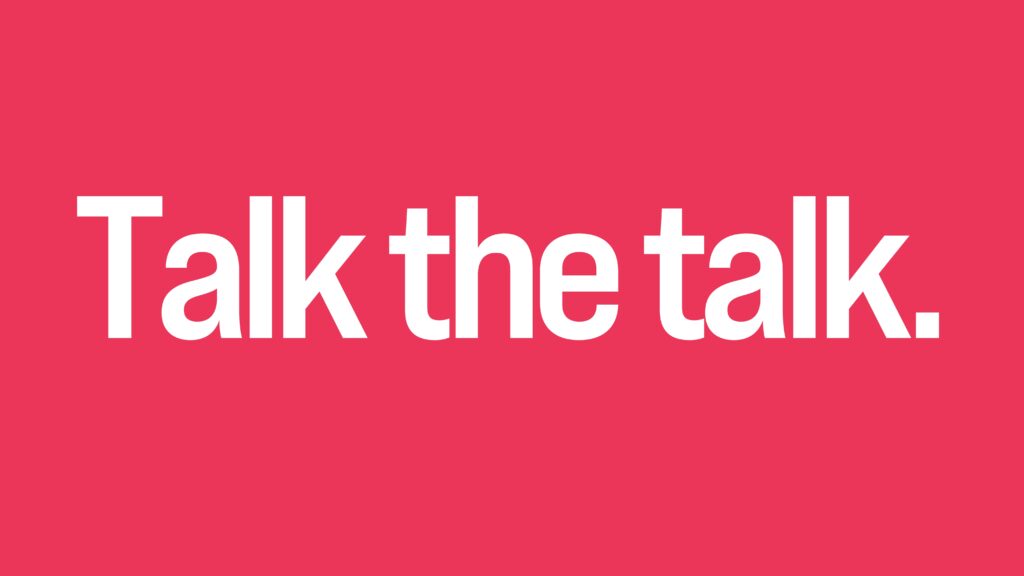
The fear of public speaking is a social anxiety disorder known as glossophobia; glosso being Greek for tongue and phobia being Greek for fear. The National Institute of Mental Health reports that more than 70% of people have a fear of public speaking, which ranks glossophobia only behind thanatophobia (fear of death), acrophobia (fear of heights) and arachnophobia (fear of spiders) in affected population size.
Understanding fear of public speaking is the way to overcome it.
The field of evolution psychology has quite reasonably postulated that the fear of public speaking is primordial: falling on your face in front of a crowd could lead to being rejected by that crowd, which is akin to being cast out of the tribe.
Dr. Michael DeGeorgia of Case Western University Hospital in Cleveland, Ohio, pointed to brain freeze as the most probable cause of falling on one’s face when public speaking.
When you lose confidence for whatever reason — a mistake in your delivery; content you don’t believe in; an unruly crowd — your brain seizes up and releases cortisol, the stress hormone. This stress, compounded by the primordial stress of possibly being banished from the group, forces the production of more stress hormone. And that’s when the physiological changes cause your presentation to go off the rails, from profuse sweating caused by a rise in body temperature to fidgeting or twitching brought on by decreased blood flow.
The key, it seems, is to avoid the initial reason for losing confidence
Mentioned above are three common reasons a public speaker may lose confidence: poor delivery, bad content and a tough crowd. This is not exhaustive. Other reasons could include:
- A typo on screen long enough for everyone in the audience to notice it.
- Sections that go too long and lose the audience’s interest.
- A bad joke that misses the landing and crashes into the mountain.
Anyone who does a lot of public speaking has been in at least one of these situations. And they’ll tell you that, in the moment, the only options are to sit down or forge ahead.
Forging ahead is easier when you know your speech is good.

How does having a killer speech quash a fear of public speaking?
You have unshakable confidence in the material you’re offering, the stance you’re taking, the audience’s appetite for what you’re about to say. You believe you’re leaving your audience with new information they’ll appreciate having. And you know you’d be interested if you were in the audience.
You won’t have to worry about being rejected by the tribe.
Because even if you trip going up onto the stage and your pants fall down halfway through your speech, the value you’re providing with your content is more than enough to keep you in good standing, regardless of what happens up there.
Five tips for making a speech much better without much effort.
Any one of these nuggets will tighten a speech and make it a more palatable experience for the audience. Follow all five and you’ll be in a much better position to overcome your fear of public speaking next time you have the floor.
Cut everything your audience already knows.
Sharing old news is the easiest way to push an audience into disinterest. The eyes glaze, the phones come out and you’re not getting them back. Also, every second spent on old information an audience knows is a second not spent on the new information your audience wants.
Only mention what you want your audience considering.
WYSIATI stands for “what you see is all there is,” and it’s a fundamental concept in finding confidence in advance of public speaking. Essentially, it’s the idea that you (the reader) probably would’ve gone the whole day without thinking about a purple elephant had you not just read those words. So, if you don’t want your audience to think about your competitors while you have their unbridled attention, don’t mention them. Don’t slag them. Don’t compare yourself to them. Pretend they don”t exist and in that moment, they won’t.

More slides with less content on each.
Asking your audience to read and listen at the same time divides their attention so they’re only getting a portion of each. Ideally, you want to give your audience time to read what’s on the screen (which should be brief), then follow it up with what you say.
Wrap your points in relatability.
Show your audience what your facts, results and/or hypotheses mean to them. Give them a personal reason to stay invested. Keep reinforcing why listening to you today will make your audience’s life better tomorrow, and specifically how that would happen.
Big font.
Whether your speech is on paper or a screen, use a big font so you can look down when you need to and find your place easily.
Were you confident the last time you spoke in front of a crowd?
If not, think about having your next speech reviewed by a copywriter who can get you ready to kick that fear of public speaking for good.
